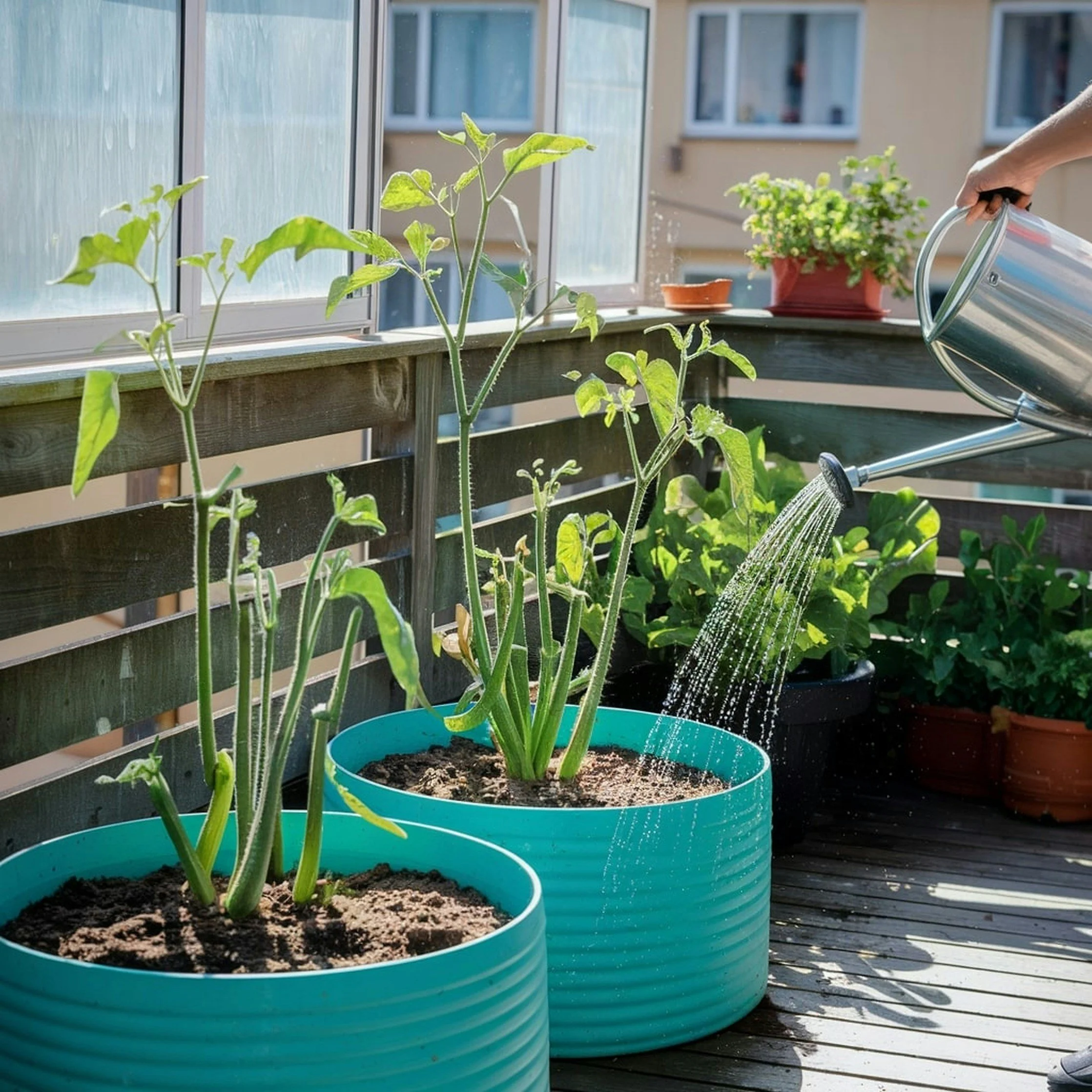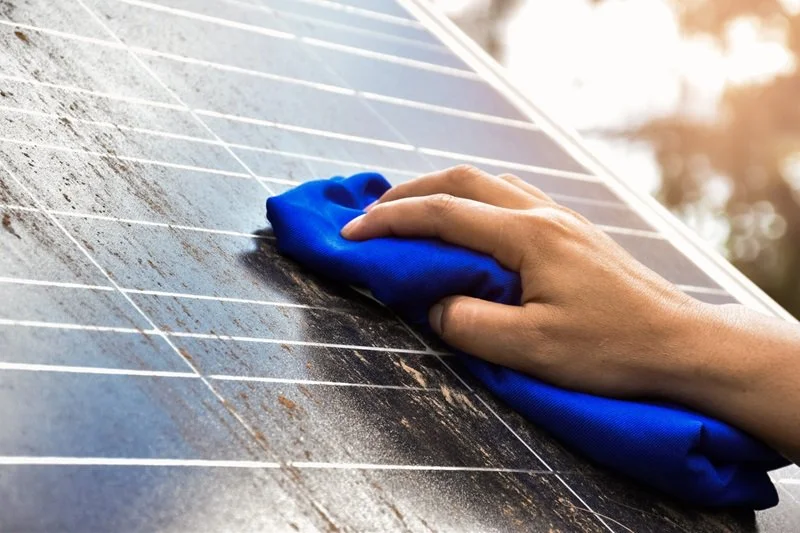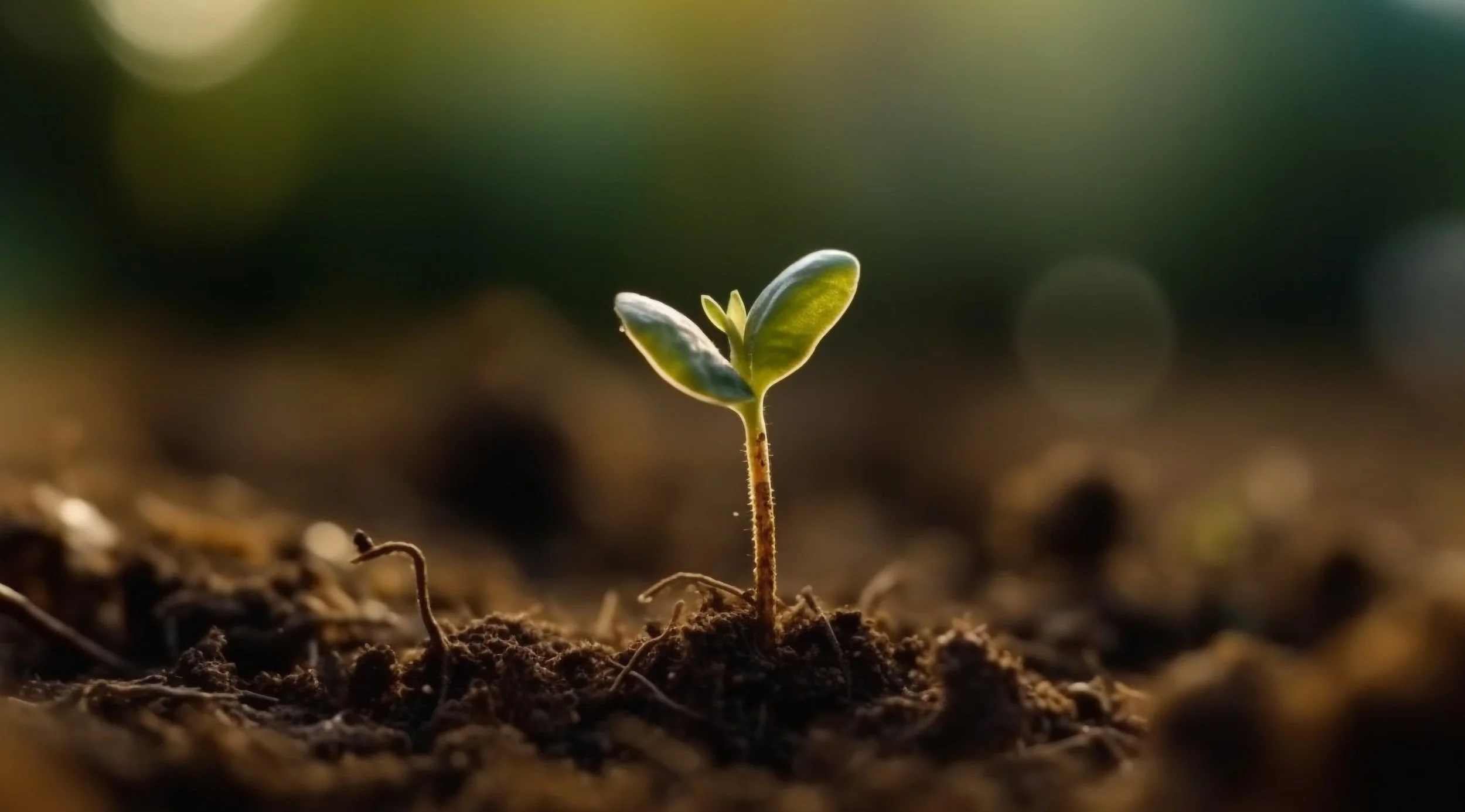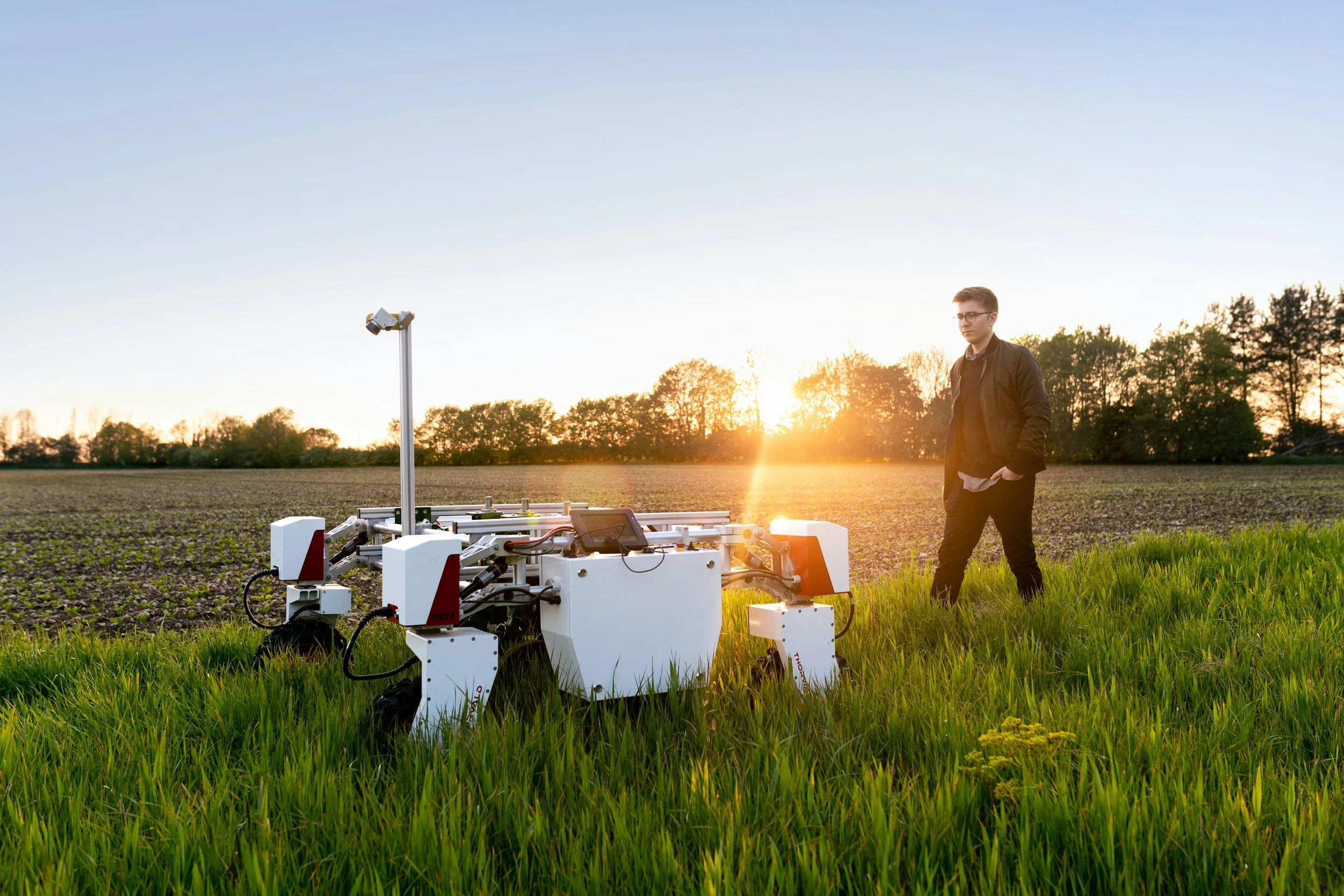What to Know About Building a Sustainable Home
/In Mississippi, the movement towards sustainable living and green building is gaining momentum as residents become increasingly aware of the environmental impacts and long-term benefits associated with eco-friendly homes. In a state known for its rich natural landscapes and diverse ecosystems, the push towards sustainability not only reflects a commitment to preserving local environments but also aligns with a growing national trend towards energy efficiency and reduced carbon footprints. As this awareness grows, more Mississippians are considering how to integrate sustainable practices into their home-building projects, seeking to create living spaces that are both environmentally responsible and economically beneficial.
Understanding Sustainable Building Materials
Sustainable building materials are pivotal in constructing a home that's both environmentally friendly and durable. These materials, which often come from renewable sources or are recycled from other uses, have a significantly lower impact on the planet compared to traditional building materials. Examples include bamboo, which grows quickly and doesn't require replanting, and recycled steel, which uses less energy in production than new steel and helps reduce waste. Utilizing these materials reduces the ecological footprint of building a home and supports a cycle of sustainability that benefits both the environment and homeowners by providing energy-efficient, cost-effective solutions.
Efficient Energy Use
Efficiency in energy use is a cornerstone of sustainable home design. This involves installing systems and appliances that minimize energy consumption while maximizing functionality. A prime example is ensuring a proper water heater installation in Jackson, MS, where energy efficiency can be optimized to cope with both heating needs and hot, humid summers. Modern water heaters, especially those that are tankless or solar-powered, can dramatically reduce electricity usage and lower utility bills. This step, combined with other energy-saving measures like LED lighting and energy-efficient windows, forms the backbone of a sustainable home’s infrastructure.
Solar Power Integration
Integrating solar power into a home's design isn't just a trend; it's an investment in future sustainability and energy independence. Solar panels convert sunlight into electricity, reducing reliance on fossil fuels and decreasing greenhouse gas emissions. For homeowners, solar power can significantly lower energy bills, provide tax incentives, and increase property values. Before installation, it's crucial to assess a home’s solar potential, which depends on factors like roof size, exposure to sunlight, and local climate conditions. Properly integrated, solar power systems can provide clean, low-cost energy for decades.
Water Conservation Strategies
Water conservation is another critical aspect of building a sustainable home. Installing water-efficient fixtures—such as low-flow toilets, showerheads, and faucets—can drastically reduce water usage without sacrificing performance. Beyond fixtures, systems like rainwater harvesting and greywater recycling can be implemented to further enhance a home's water efficiency. Rainwater harvesting collects and stores rainwater for landscape irrigation and other non-potable uses, while greywater systems reuse water from sinks, showers, and washing machines for similar purposes. These strategies not only conserve precious water resources but also reduce the overall water bills and the strain on municipal systems.
Insulation and Ventilation
Proper insulation and ventilation are essential for maintaining energy efficiency and indoor air quality in a sustainable home. Insulation helps keep a house warm in the winter and cool in the summer, reducing the need for excessive heating and cooling. Materials like spray foam, cellulose, and fiberglass are effective at trapping air and minimizing heat transfer. Meanwhile, adequate ventilation is necessary to manage air moisture and eliminate indoor pollutants, which ensures a healthy living environment. Innovations like energy recovery ventilators can enhance ventilation effectiveness by exchanging indoor and outdoor air while conserving energy.
Green Roofing Options
Green roofing is becoming an increasingly popular option for sustainable homes, providing not only aesthetic enhancement but also environmental benefits. A green roof involves growing vegetation on rooftops, which helps insulate the building, reduces urban heat islands, and prolongs the lifespan of roofing materials by protecting them from the elements. There are several types of green roofs, from intensive systems that can support a wide range of plants and even small trees, to extensive systems designed for lighter, low-maintenance vegetation. Green roofs also help manage stormwater by absorbing rainwater, which reduces runoff and lowers the risk of flooding.
Sustainable Landscaping
Sustainable landscaping is an essential complement to any eco-friendly home, designed to minimize environmental impact and support the local ecosystem. This approach involves using native plants that are adapted to the local climate and soil conditions, requiring less water, fertilizer, and pesticides. Xeriscaping, or landscaping that reduces or eliminates the need for supplemental water from irrigation, is particularly beneficial in arid regions. Additionally, sustainable landscaping practices can include creating wildlife habitats, using mulch to reduce water loss, and employing organic gardening techniques to enhance soil health.
Smart Home Technologies
Smart home technologies play a critical role in enhancing the sustainability of homes by optimizing energy use and automating systems for maximum efficiency. These technologies include programmable thermostats, which adjust heating and cooling systems based on occupancy and time of day, and smart lighting systems that reduce energy consumption by automatically turning lights off when rooms are unoccupied. Smart appliances can also contribute to a home’s energy efficiency by running at optimal times to take advantage of lower energy rates or better grid conditions.
Eco-Friendly Interior Design
Incorporating eco-friendly interior design elements can significantly enhance a home’s sustainability. This includes choosing furniture and finishes made from natural, renewable materials such as bamboo, wool, or reclaimed wood, which are not only durable but also reduce indoor air pollution from volatile organic compounds (VOCs) found in many synthetic materials. Additionally, using low-VOC or VOC-free paints and stains helps maintain indoor air quality, while opting for natural fiber rugs and fabrics supports environmental sustainability and adds a touch of natural beauty to the home.
Long-Term Maintenance and Sustainability
Maintaining a sustainable home requires ongoing attention to ensure that its systems and structures continue to operate efficiently and minimize environmental impact. This includes regular checks and updates of insulation, windows, and sealants to prevent energy loss, as well as maintenance of heating and cooling systems to keep them running at peak efficiency. Homeowners should also stay informed about new sustainable technologies and practices that can be integrated over time to keep the home up-to-date with the latest advancements in eco-friendly living.
like this? please pin!
Creating a sustainable home encompasses a broad range of practices, from construction methods and materials to long-term maintenance. By carefully selecting green building options and staying committed to eco-friendly principles, homeowners can ensure their living spaces are not only environmentally responsible but also cost-effective and healthy places to live. Embracing these sustainable practices allows individuals to contribute positively to the global effort of reducing environmental impact, showcasing how thoughtful design and conscientious living can go hand in hand.
About the Author:
Tahir Quaid Johar is a Blogger, Author, Marketing and SEO Specialist with a passion for creating content on Lifestyle and such prevailing topics to educate the readers and helping them to learn and enhance their thinking process.











































Living sustainably doesn't require a house with solar panels, a sprawling garden, or a composting system in the backyard. If you're an apartment dweller, you can still make meaningful changes to reduce your carbon footprint and create a healthier, more eco-conscious lifestyle. Going green in your apartment is about making smarter choices in your day-to-day life — and often, it's easier and more affordable than you might think.